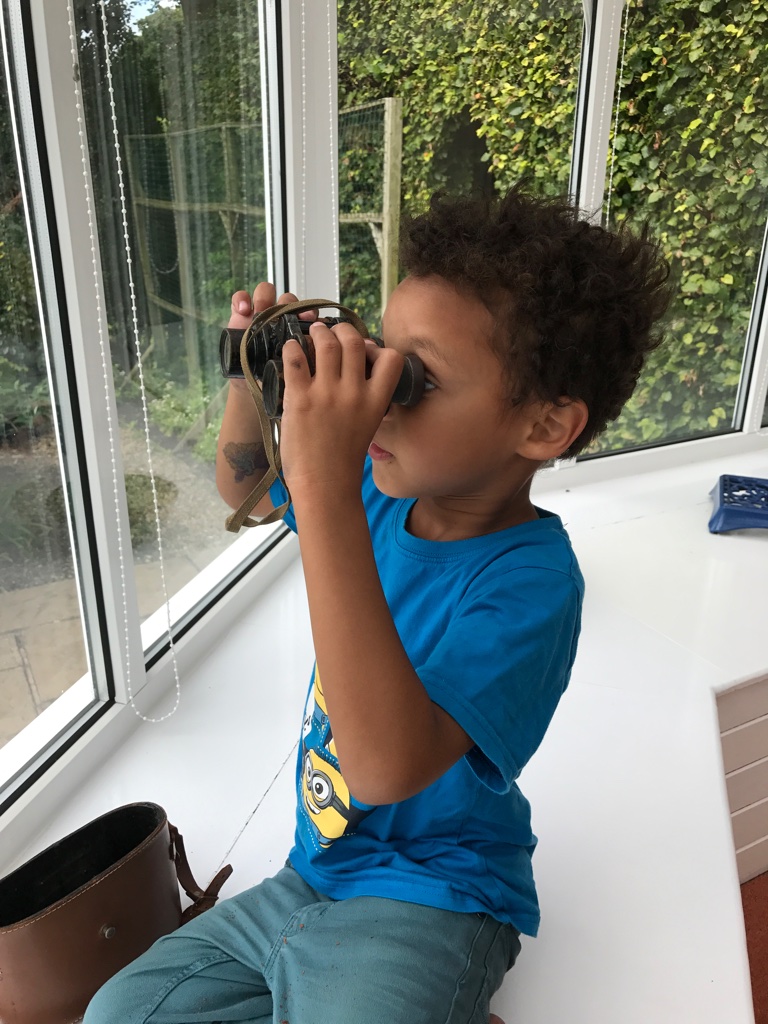How to do transformation

For Housing Associations everything starts with strategy and culture.
First we need to know what our “primary task” is. That should be something like ” To provide good quality affordable homes for people who cannot afford to buy or rent privately”. The point of this exercise is to rule out mission creep or taking on work that others are required and funded to do.
Secondly we need a new, grand, inspirational vision to go with it. A vision is where you set out where you are going. The could be something like “a home I would like to live in”, “exceptional levels of satisfaction”, or “aspirational housing” or “ending homelessness”.
Ideally the whole sector would come together to agree the primary task and vision, and to achieve the support and buy in of the government, regulators, NHF/CIH. But if not each board must act independently.
For the HA sector, this means designing what we need by working backwards from the goal. With clarity on the outcome (modern, safe, aspirational homes plus an excellent customer experience), we can work backwards to create a strategy to deliver it. Amazon adopts this methodology by creating a future press release at the beginning of the new project, detailing what problem it has solved and how the customer has benefited. With a goal like this in mind, the HA sector needs to work together to decide what steps, processes, and technologies could make this vision a reality.
What are the key features, resources required, and potential challenges? Working backwards means that any part of the process is agreed only if it contributes to the end goal. This avoids unnecessary features or work that doesn’t add value to the outcome. This process requires active engagement with both residents and operational staff, with the aim of meeting or exceeding what they might expect. Unfortunately, in most organisations the tenant service is not the highest priority and board discussions focus on money and the building programme as they are seen as the highest risk. They are high risk, but so is getting the service wrong for residents, and so is letting homes fall into disrepair or into becoming dangerous. Likewise, tenant-facing staff are normally the poor relations. But they the need the best technology, training and systems. You can judge any company on how seriously they take their operational staff, and how they resource and listen to them, as a proxy for how customers are viewed.
Now, with clarity on the primary task and vision for the future, plus a corporate strategy to deliver it, the association needs to align its financial and investment plans. In reality, this process is managed alongside the operational plan. All day to day recurring work and staff costs need to be realistically budgeted for. Big investments in upgrading existing homes, building new homes or investing in technology need to be provided for – from rents, charges, grants, profits and borrowing. When income is constrained more creativity is required.
There will be tensions during this process as those in the middle of problem solving often suggest improving the existing process rather than considering radical alternatives. It will be necessary to consider: Why do we do that? Could we simplify or eliminate it? Could we do it in a day rather than in 12 weeks etc? Simplicity is the best guide here.
Project leaders will challenge and strip out things that don’t matter, add friction or cost. Managing this interaction is hard and requires patient, committed and energetic leadership. The team must be fully authorised and must focus on building trust and credibility. Governance structures need to allow leadership to come from different levels within organisations with the delegated authority to make proposals or changes. Once a product or approach is launched it’s not over! It needs to be tested and continuously improved incrementally. Residents often use a system differently from how it was designed, and it must be adaptable and flexible.
It is really important to shift the focus from processes that we are used to, or what the tech can do, to what actually meets resident needs. This is why “transformation” is often ineffective.
What is your experience?
